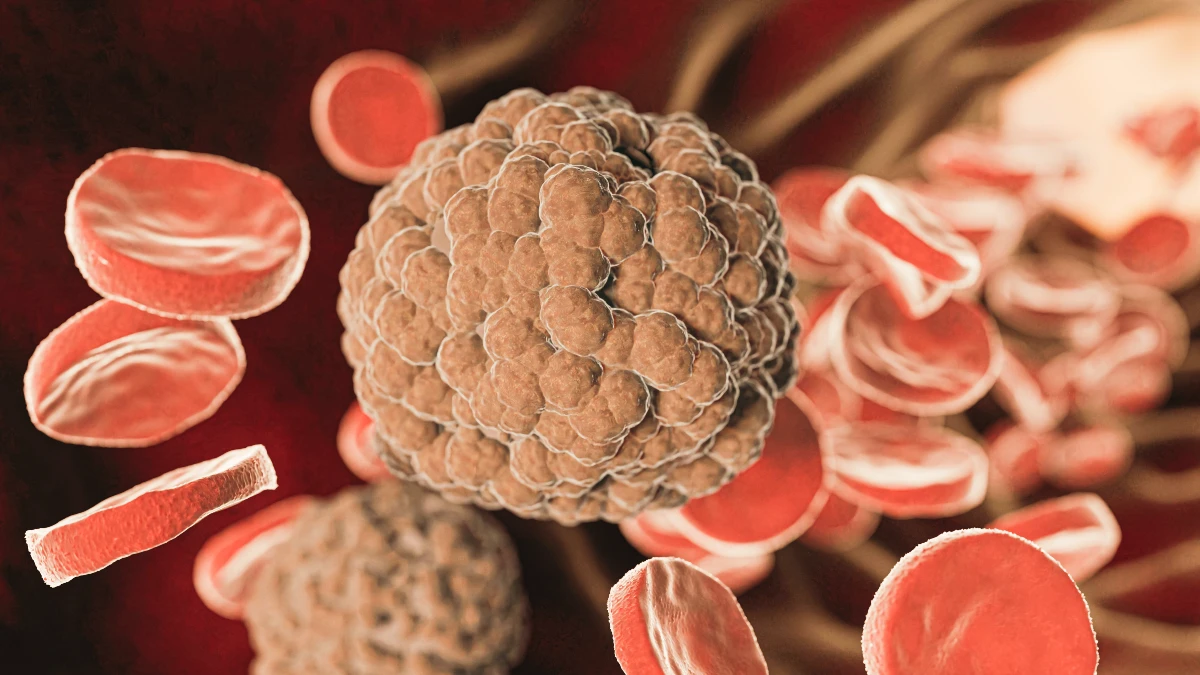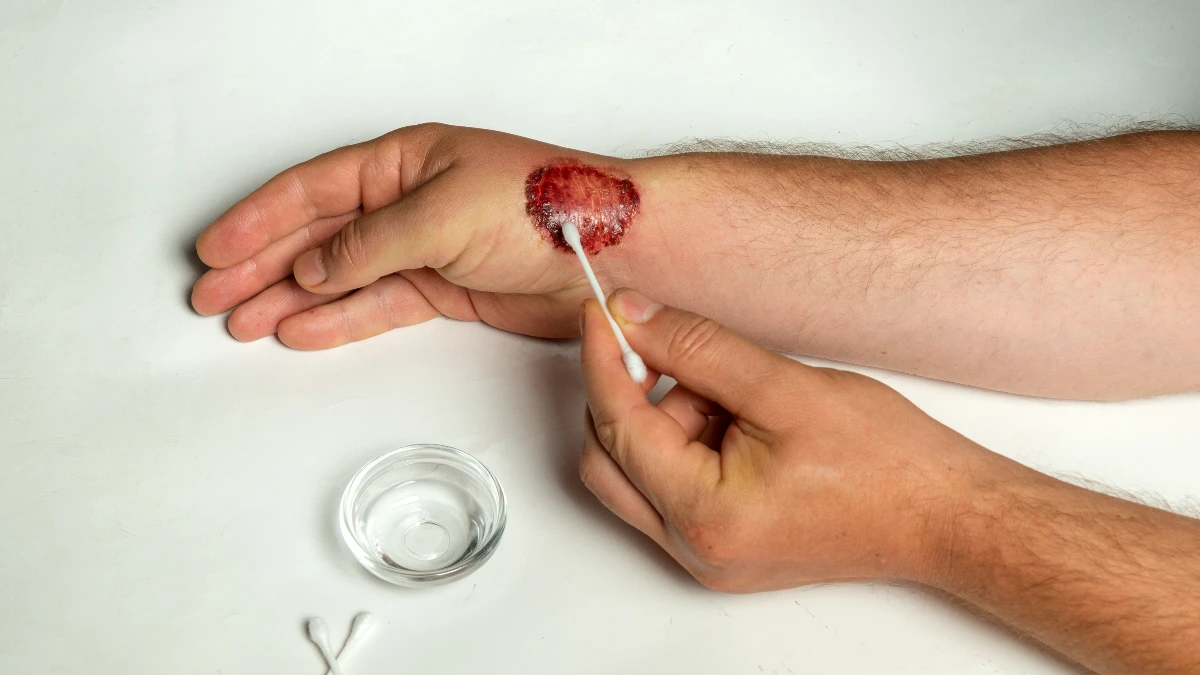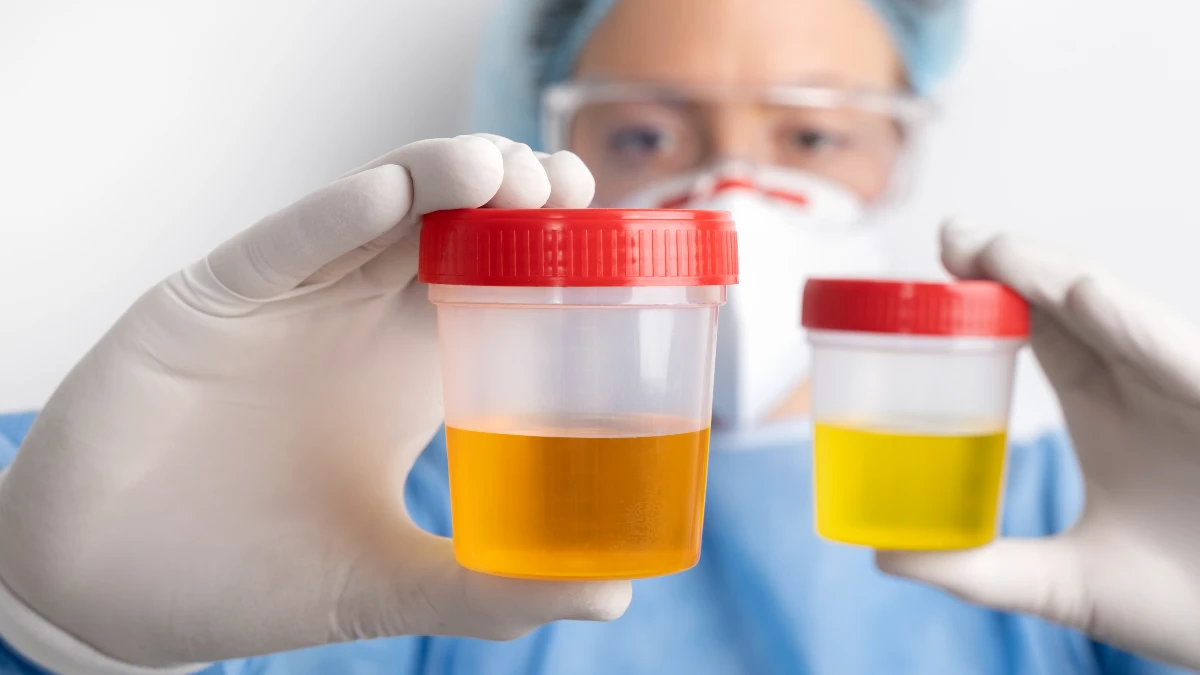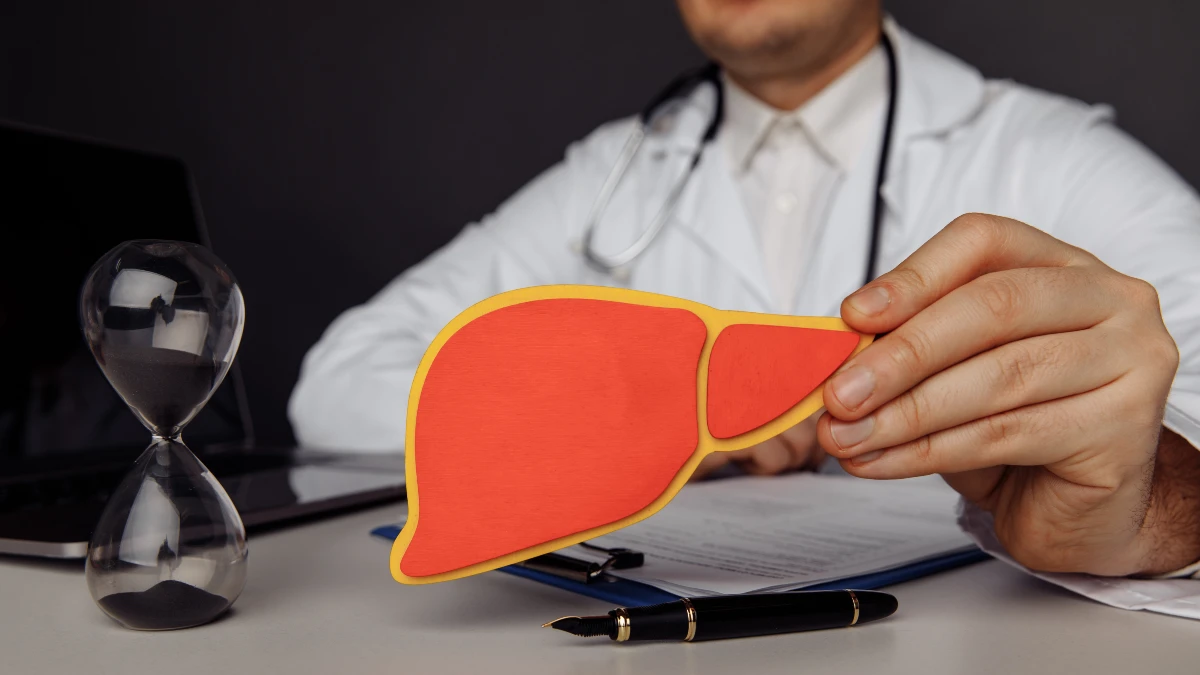A silent epidemic is unfolding inside millions of people, and you could be one of them. Over 40% of adults now have fatty liver disease, a condition that often shows no symptoms until serious damage is done.
Your liver is the body’s silent workhorse, performing hundreds of vital jobs without complaint. But when it gets clogged with fat, it can’t signal for help. The good news is this condition is often reversible.
This guide will show you the nine critical signs to watch for and provide a clear, actionable plan to help heal your liver
What Is MASLD? Understanding the Threat to Your Liver
The Silent Progression of Liver Disease
1. Healthy Liver & Steatosis
Fat builds up in the liver (>5%), often with no inflammation. This stage is typically reversible.
2. MASH (Steatohepatitis)
The excess fat now causes inflammation. Liver cells start to become damaged and stressed.
3. Fibrosis & Cirrhosis
Persistent inflammation creates scarring (fibrosis). Widespread, severe scarring (cirrhosis) is permanent.
Key Metabolic Risk Factors
A “Silent” Threat: Most people with MASLD don’t feel sick. Symptoms often only appear after significant, irreversible liver damage has already occurred.
So, what is this condition? MASLD happens when fat makes up more than 5% of your liver’s weight. Imagine your liver is a busy processing plant. With MASLD, so much extra raw material (fat) has been delivered that it starts to clog up the factory floor. This stops the workers (your liver cells) from doing their hundreds of important jobs.
It’s key to know that the disease comes in two main stages. Understanding the difference is central to knowing your risk and your ability to turn things around.
Simple Steatosis
This is the first and most common stage. You have extra fat in your liver, but there is little to no inflammation or damage. The good news is that at this stage, the condition is often completely reversible with lifestyle changes.
MASH (Metabolic Dysfunction-Associated Steatohepatitis)
This is a dangerous step up. The extra fat is no longer just sitting there; it starts to cause long-term inflammation. This inflammation begins to injure and kill liver cells. This is the point where the disease becomes a real threat.
From here, the path can get more dangerous. The constant inflammation from MASH leads to scarring, a process called fibrosis. Think of it like a cut on your skin that never fully heals and keeps getting hurt.
It eventually forms a thick scar. In the liver, this widespread, heavy scarring is called cirrhosis. This is a late-stage, often permanent condition that badly hurts liver function and can lead to liver failure and liver cancer.
1. Persistent, Unexplained Fatigue

This type of exhaustion is not typical; it’s a deep, lasting fatigue. It differs from the tiredness you feel after a long workday or a single poor night’s sleep. Rest alone does not seem to resolve this profound feeling of being drained.
The liver is a vital organ for generating your body’s energy. It holds the primary responsibility for converting the food you consume into usable fuel. This metabolic process is essential for powering all your daily activities.
When the liver becomes congested with excess fat, its efficiency plummets. This “clogging” prevents the organ from performing its energy conversion duties properly. The entire system is subsequently impaired by this functional slowdown.
The direct result of this impairment is a constant sensation of being drained. You may also experience persistent physical weakness or a general feeling of being unwell. This is the body reacting to its inefficient fuel supply.
Because fatigue is such a universal complaint, many people dismiss it. They often mistake this serious symptom for a normal part of a busy or stressful life. It’s easy to brush off as just “being tired.”
Consequently, this profound exhaustion is one of the most overlooked early warning signs. People fail to connect the fatigue to the liver’s declining health. This allows the underlying issue to progress unnoticed.
2. A Dull Ache in Your Upper Right Abdomen

You may notice a vague feeling of discomfort in your abdomen. This sensation can also feel like pressure or a dull, persistent ache. It is typically located in the upper right part of your belly.
This specific area is significant for diagnosis. It is found just below your right rib cage. This is the exact location of your liver within the body.
The pain experienced is usually not sharp, severe, or intense. Instead, it is more often described as a mild, nagging sensation. It’s a persistent discomfort rather than a sudden, acute pain.
This feeling occurs because of a physical change in the organ. A buildup of excess fat can cause the liver to swell and enlarge. This swelling is the root cause of the abdominal sensation.
As the liver gets bigger, it presses against its protective covering. This pressure stretches the thin membrane that surrounds the organ. This membrane, known as the capsule, is highly sensitive.
When this capsule is stretched, it registers the feeling of discomfort. Your brain interprets this stretching as a dull, lingering ache. This is the direct source of that nagging feeling in your side.
3. Brain Fog & Difficulty Concentrating

Your liver acts as your body’s main filter. Its primary role is to diligently clean toxins from your bloodstream. This detoxification process is essential for your overall health.
When your liver is not working at full capacity, this filtering slows down. Some of these toxins are missed and remain in your system. These unfiltered substances continue to circulate in your blood.
Eventually, these toxins can travel through the bloodstream to your brain. Their presence can disrupt normal neurological processes. This directly impacts your cognitive function and mental clarity.
In the early stages of liver trouble, this may not cause severe confusion. Instead, it can lead to what many people describe as “brain fog.” This is a common yet often misunderstood early warning sign.
With brain fog, you might find it unusually hard to focus. You may also experience minor, uncharacteristic memory lapses. Tasks that require concentration can suddenly feel difficult.
This condition can also manifest as a general mental slowness. It creates a persistent, vague feeling that you just can’t explain. Your thoughts may feel sluggish or less sharp than normal.
4. Spider-Like Blood Vessels on the Skin

You may see small, visible blood vessels appearing on your skin. These marks often show up on the chest, shoulders, or face. They are known medically as spider angiomas.
They are named for their very specific appearance. They typically have a central red spot with small, reddish lines. These lines radiate outward, much like a spider’s web.
This skin change happens because the liver is struggling. A compromised liver has trouble processing hormones like estrogen. This processing function is a critical part of the liver’s job.
When the liver fails to do this, estrogen levels in the blood get too high. This creates a hormonal imbalance within the body. The excess estrogen is not being filtered out or regulated properly.
High estrogen levels cause these tiny blood vessels to dilate, or widen. As the vessels expand, they become noticeable through the skin. This is what creates the distinct, web-like red marks.
5. Easily Bruising or Bleeding

If you find yourself bruising from only minor bumps, take notice. Another sign is when small cuts bleed for much longer than they should. These could be indications that your liver is in trouble.
Your liver holds a key responsibility related to your blood. It is responsible for making special proteins, known as clotting factors. These proteins are essential for helping your blood clot properly.
When your liver’s function becomes poor, it struggles with this job. It cannot produce enough of these vital clotting proteins. This shortage directly impacts your body’s healing ability.
As a result, your blood’s consistency is effectively changed. It becomes “thinner” and loses its ability to form clots efficiently. This makes stopping any bleeding much more difficult for your body.
This is why you might experience easy bruising. The small impacts of daily life cause bleeding under the skin. Your body cannot stop this internal bleeding quickly.
It also explains the prolonged bleeding from cuts. Without enough clotting factors, your body struggles to seal the wound. This leads to bleeding that continues for an unusual amount of time.
6. Itchy Skin (Pruritus)

This is often a very frustrating and uncomfortable symptom. It manifests as an intense itch that can happen anywhere on your body. The feeling can be persistent and maddening for the person experiencing it.
This itching is frequently felt on the palms of your hands. It is also commonly reported on the soles of your feet. These specific locations are characteristic of this internal issue.
Unlike a bug bite or a typical rash, there is often nothing to see. The skin may appear completely normal, with no bumps or redness. This lack of a visible cause can make the symptom confusing.
This intense itching is caused by a buildup of bile salts. These salts begin to accumulate in your bloodstream. This happens when your body’s filtering system is compromised.
A healthy liver efficiently filters these bile salts out of the blood. A damaged or struggling liver, however, cannot keep up with this job. The salts are missed and allowed to continue circulating in your system.
Eventually, these excess salts get deposited in your skin. This deposit under the skin is what triggers the nerve endings. It creates the persistent, deep-seated urge to scratch.
7. Yellowing of the Skin and Eyes (Jaundice)

This is a classic, unmistakable sign of a serious health problem. It clearly indicates that your liver is severely damaged. This well-known condition is called jaundice.
Jaundice happens when your liver can no longer do its job effectively. It fails to clear a specific yellow substance, called bilirubin, from your blood. A healthy liver would normally filter this substance out.
Bilirubin is a natural waste product created inside your body. It is formed during the normal process of breaking down old red blood cells. This substance is then sent to the liver for disposal.
When bilirubin builds up, its yellow color becomes visible. It causes your skin to take on a distinct yellowish tint. You will also see this yellowing in the whites of your eyes.
It is crucial to know that jaundice is not an early symptom. It is a clear signal that the liver is in an advanced stage of distress. This sign means significant damage has already taken place.
Because it is a late-stage warning, it must be treated as an emergency. Jaundice indicates that liver function is failing. This condition requires immediate and urgent medical attention.
8. Swelling in Your Abdomen or Legs

When severe liver scarring, known as cirrhosis, develops, it can cause major problems. These issues are related to how your body manages and balances its fluids. This is a serious, late-stage complication of liver damage.
This internal scarring increases the pressure in the veins leading to the liver. This condition is called portal hypertension. This elevated pressure obstructs normal blood flow.
The high pressure can force fluid to leak out of the blood vessels. This fluid then accumulates inside your abdominal cavity. This specific condition is known medically as ascites.
Ascites is the reason why the belly may look very swollen and distended. It is a visible, external sign of the fluid buildup happening inside. This swelling can be significant and very uncomfortable.
At the same time, a damaged liver struggles to make enough of a key protein. This vital protein is called albumin. Albumin’s main job is to help keep fluid inside your blood vessels.
Without enough albumin, fluid also leaks out elsewhere in the body. It escapes from the vessels into your legs, ankles, and feet. This type of swelling, caused by low albumin, is called edema.
9. Dark-Colored Urine or Pale Stools

These two specific signs, dark urine and pale stool, often appear together. They are related to the exact same underlying problem that also causes jaundice. This root cause is the high level of bilirubin in your bloodstream.
The excess bilirubin in your blood is filtered out by your kidneys. As your kidneys work to remove this substance, your urine is affected. This can turn your urine a very dark brown or even a cola-like color.
Meanwhile, a blocked or damaged liver creates a separate issue. It cannot release bile into the intestines in the normal way. Bile is a digestive fluid that is crucial for processing fats.
This bile is also the specific substance that gives stool its normal brown color. When bile is absent from the digestive tract, this pigment is missing. The stool, therefore, loses its characteristic brown appearance.
As a result, your bowel movements may become very pale. They are often described as being grey or clay-colored. This lack of color is a direct consequence of the blocked bile.
Seeing these changes, especially together, is a strong indicator. It signals that there is a significant and serious liver problem. These symptoms warrant prompt medical evaluation.
Conclusion
MASLD is a silent epidemic, but it is not a hopeless one. The signs can be easy to miss, and the results of ignoring them can be serious. But the most important message is that you have the power to stop and even reverse this condition.
Your liver is an amazing organ, able to heal itself when given a chance. By making these changes today, you are not just managing a disease. You are investing in a healthier future and giving your silent workhorse the help it has been crying for.
Share this guide with someone you care about, and schedule a conversation with your doctor about your liver health today. It’s a talk that could change your life.


